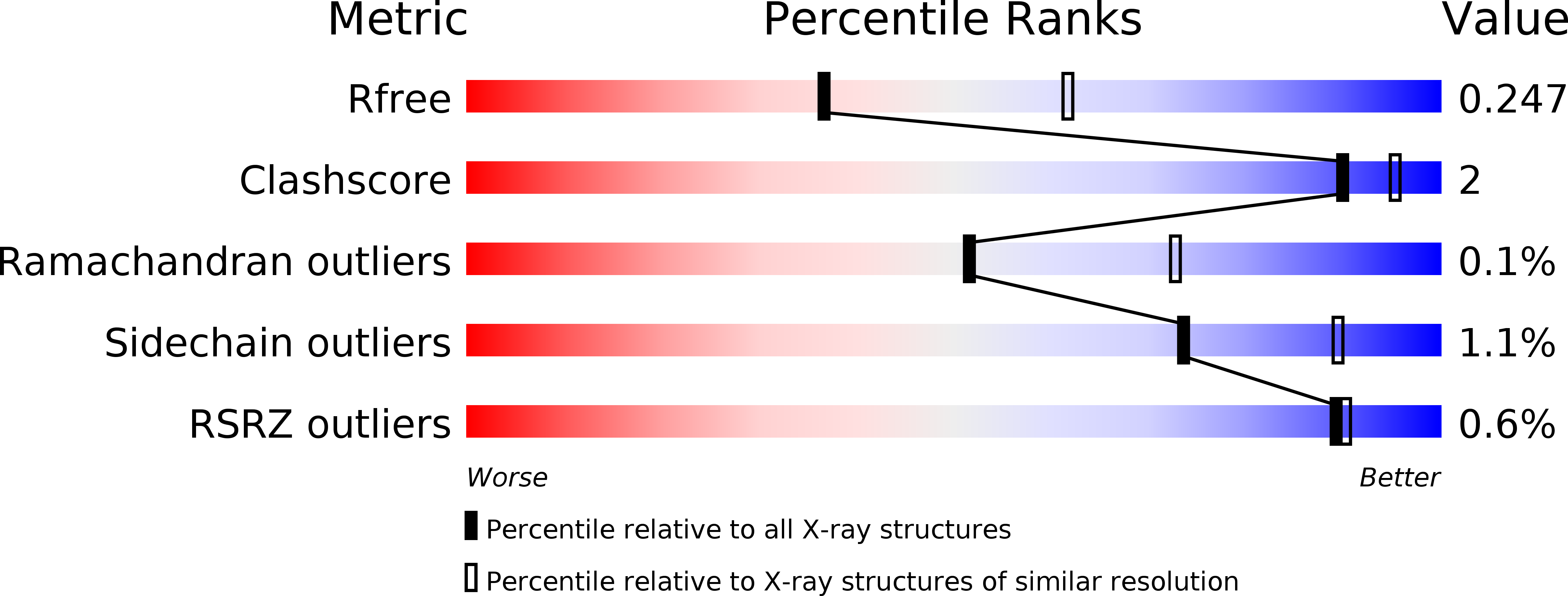
Deposition Date
2014-04-14
Release Date
2014-11-12
Last Version Date
2024-10-23
Entry Detail
PDB ID:
4PBV
Keywords:
Title:
Crystal structure of chicken receptor protein tyrosine phosphatase sigma in complex with TrkC
Biological Source:
Source Organism:
Gallus gallus (Taxon ID: 9031)
Host Organism:
Method Details:
Experimental Method:
Resolution:
2.50 Å
R-Value Free:
0.24
R-Value Work:
0.20
R-Value Observed:
0.21
Space Group:
P 1 21 1


